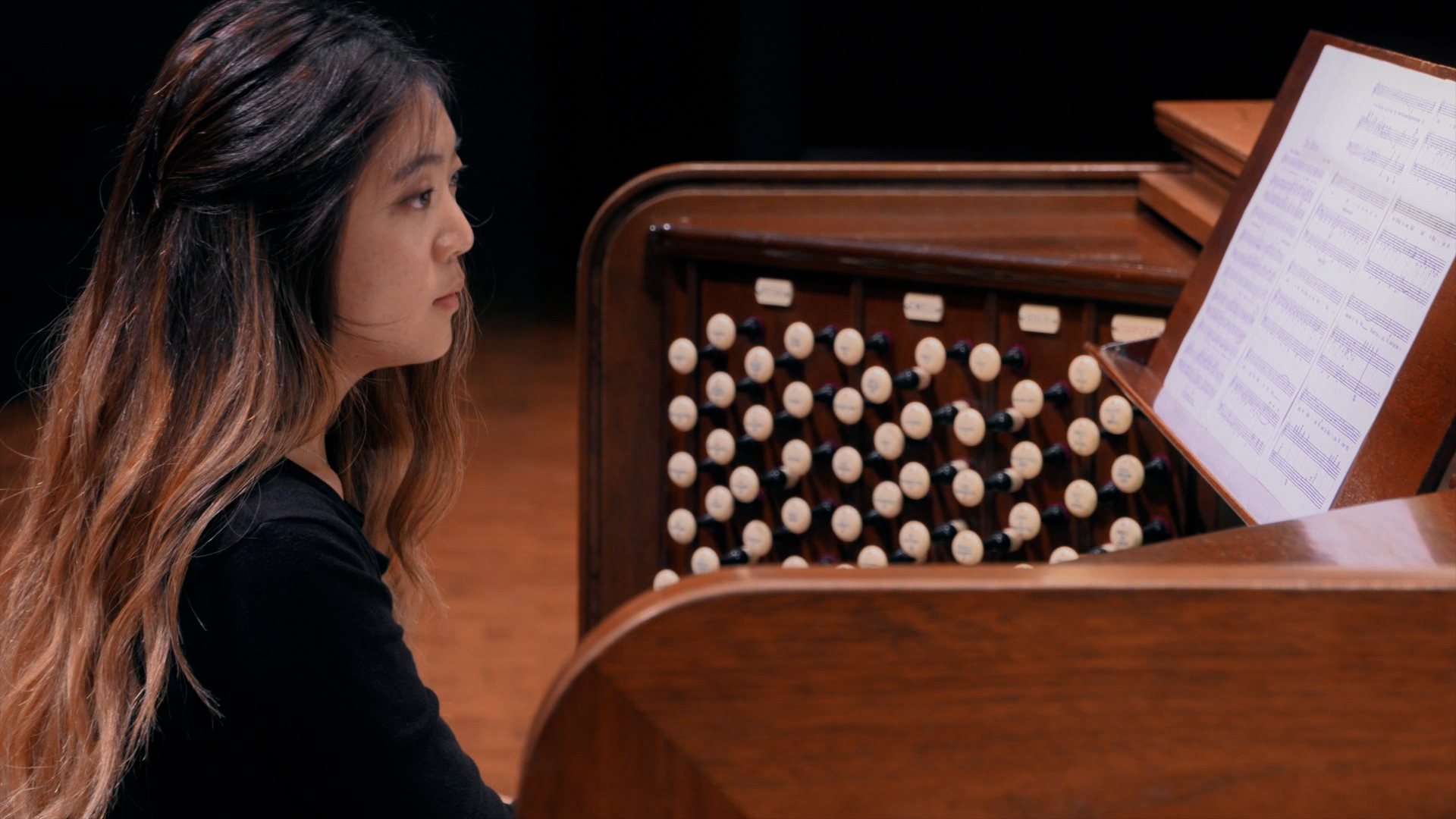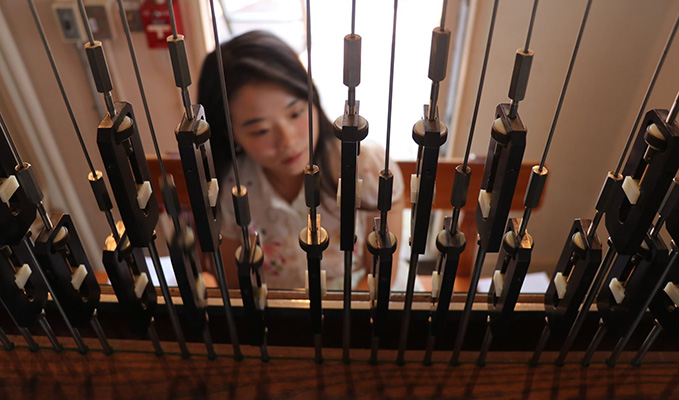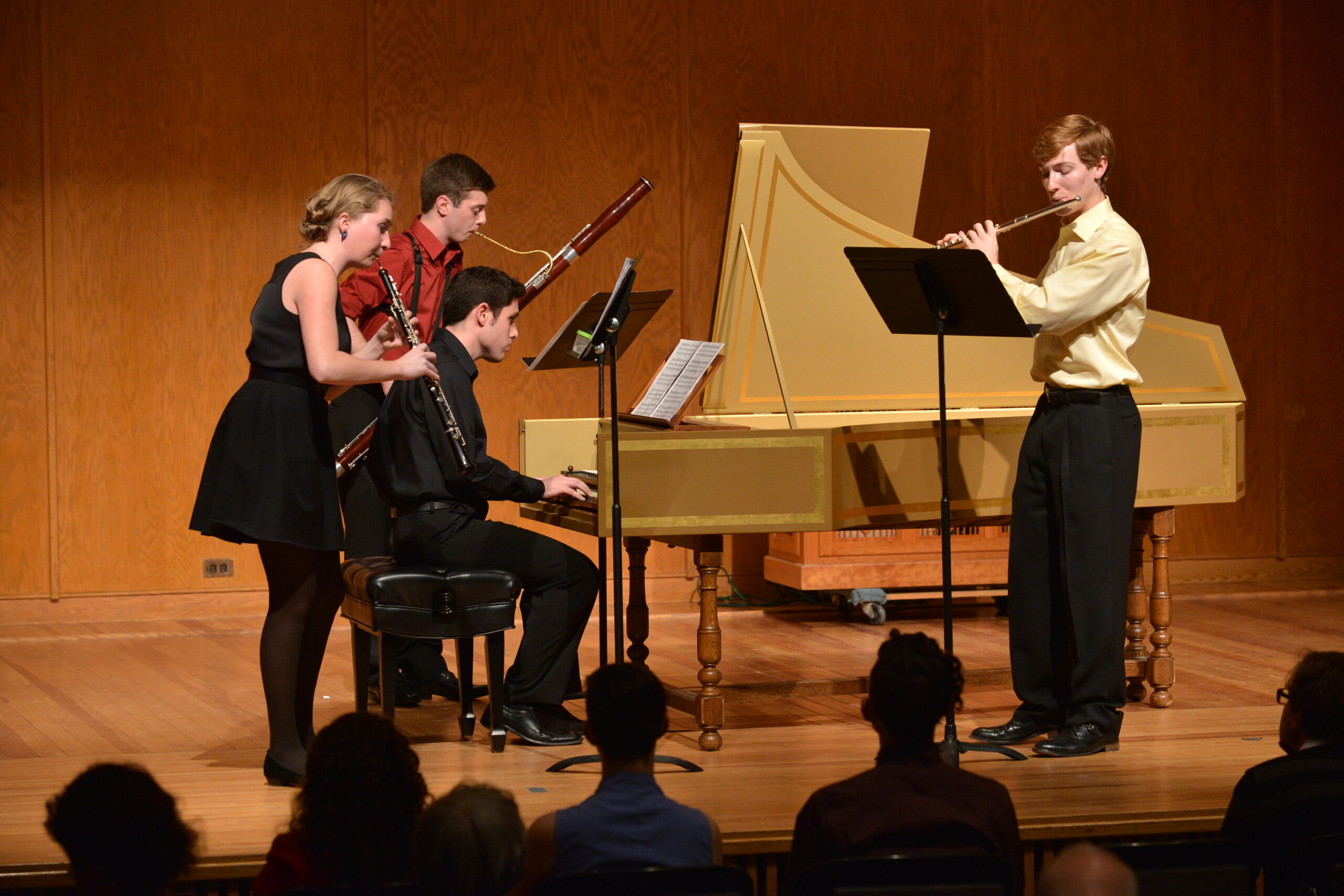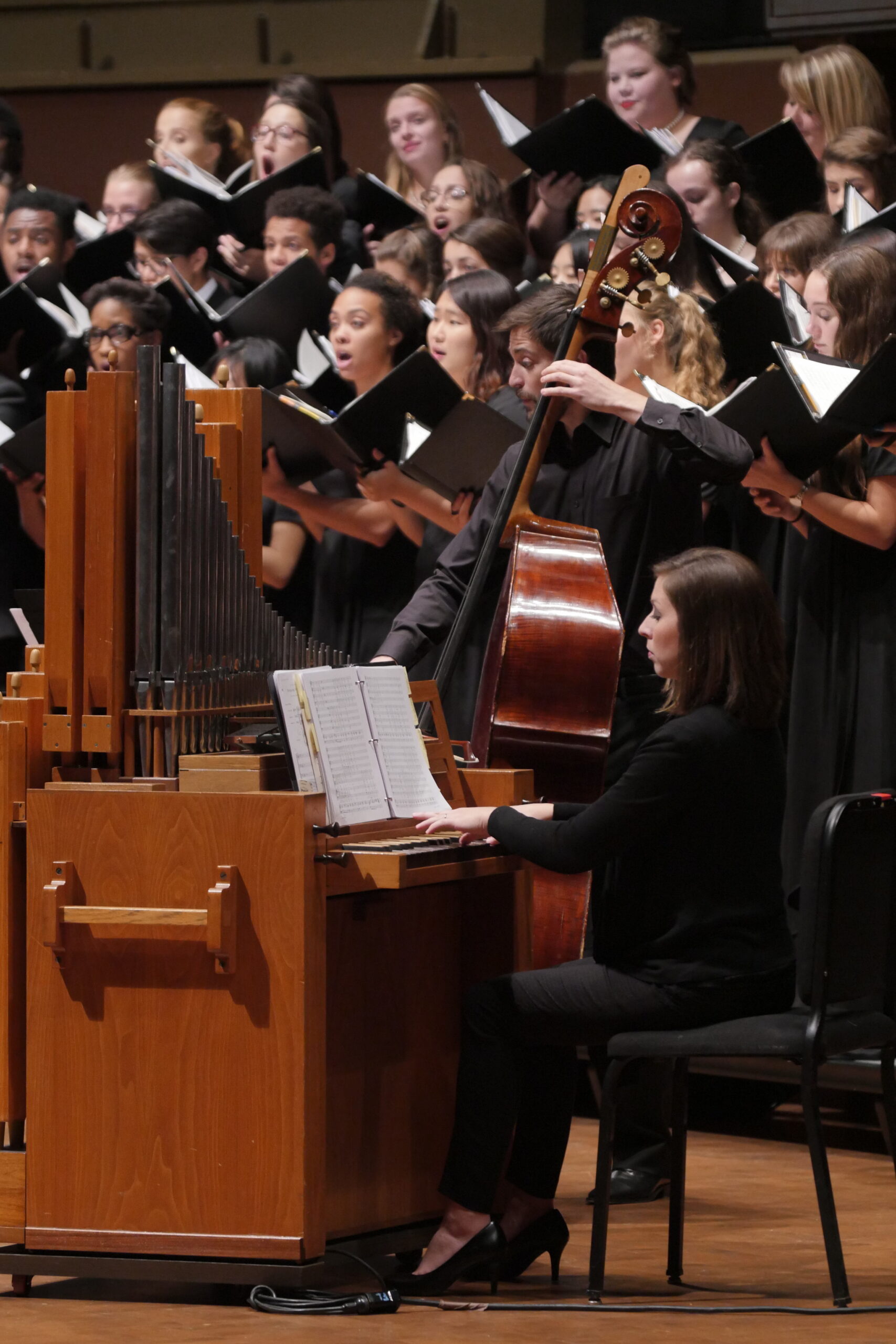Master of Music in Organ Performance
Application deadlines are specific to degree programs. See our Graduate Admissions page for a list of all deadlines.
Designed for students seeking professional career preparation including the development of artistry, technique, scholarly research, and the ability to play music of all periods with integrity and knowledge of specific performance practices. Applicants must possess a bachelor’s degree in music or its equivalent as well as a strong keyboard background.
Curriculum
The Master of Music in Organ Performance requires a minimum of 30 credits. Coursework to include: Private organ lessons
Organ Literature
Music Theory
Musicology
Composition
Conducting, and/or Ensemble participation
SMTD electives
Final Project:
The presentation of a memorized recital.
Silent Advisor
Degree requirements and term-by-term layout for current students.
Faculty
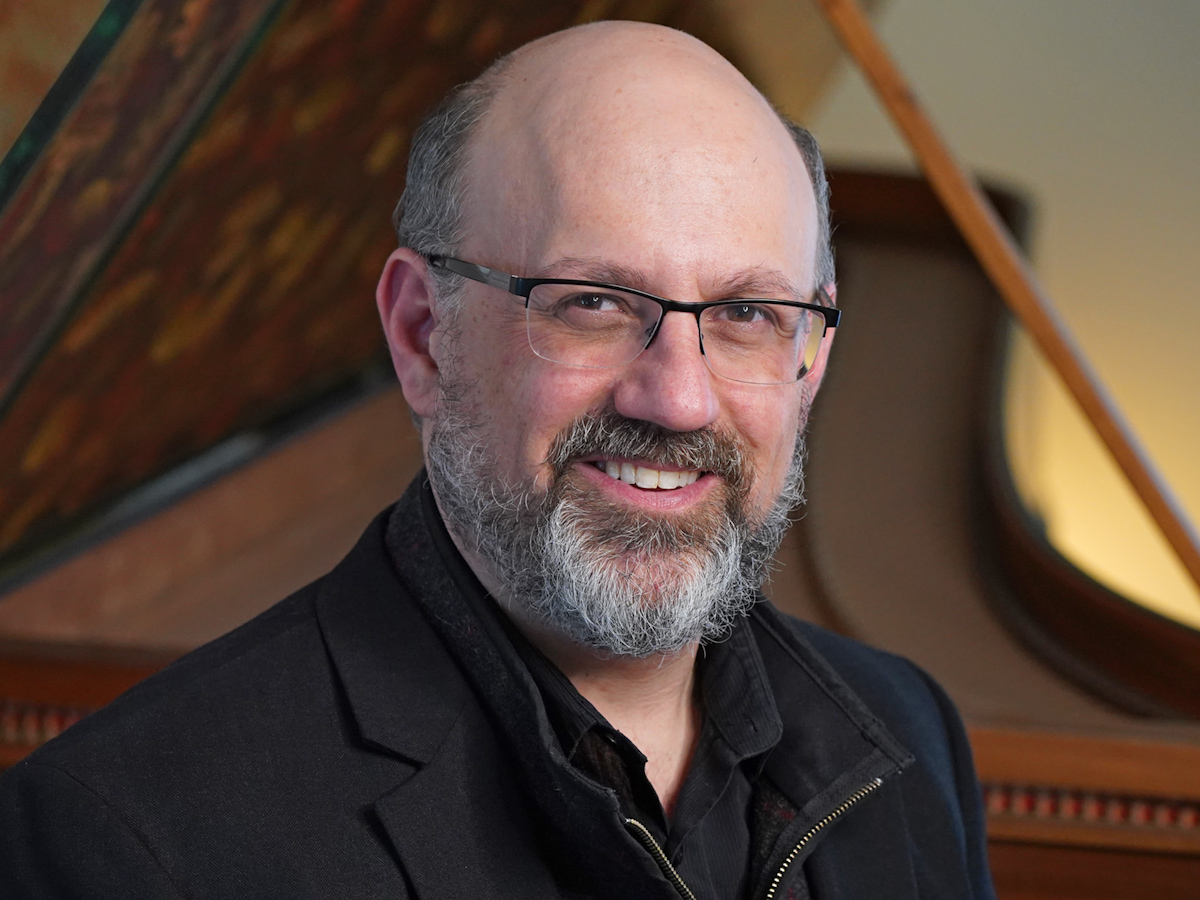
Joseph Gascho
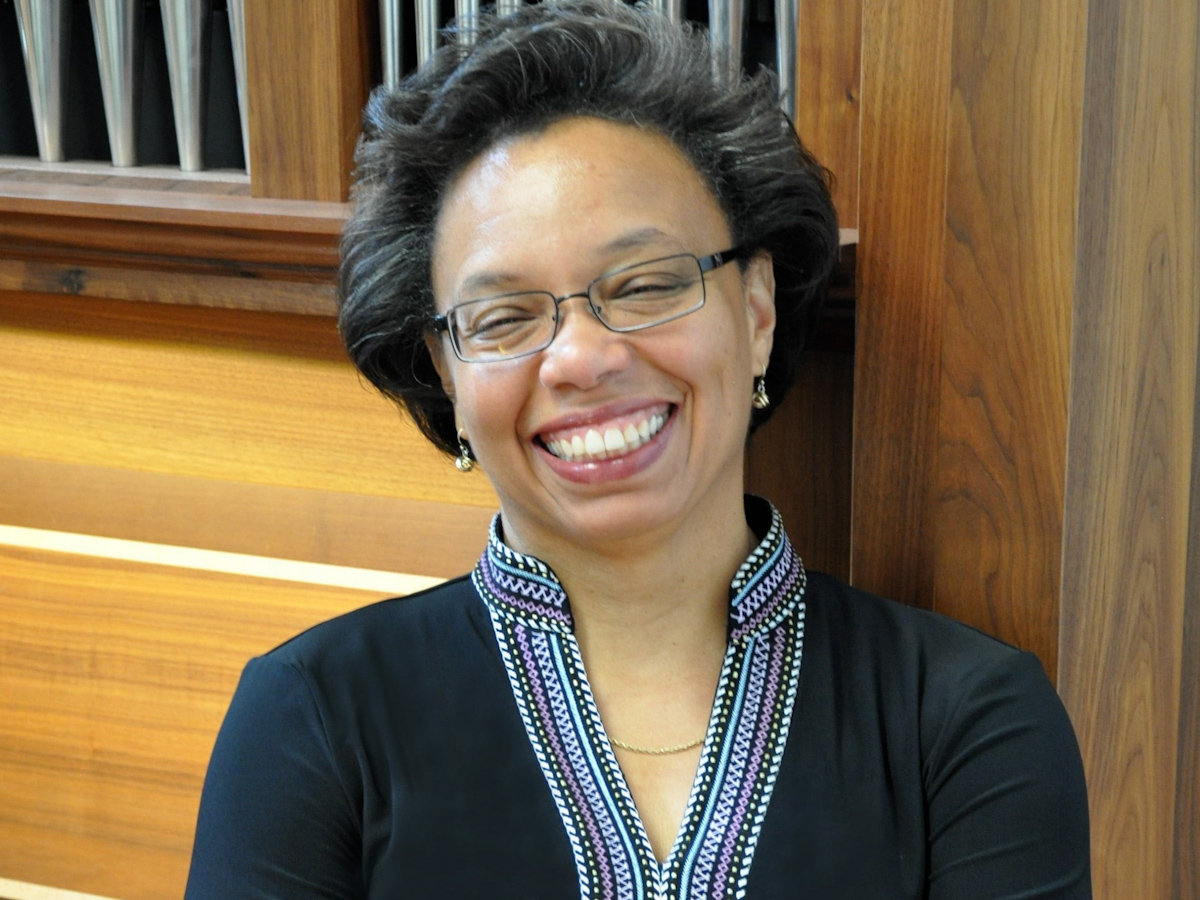
Nicole Keller
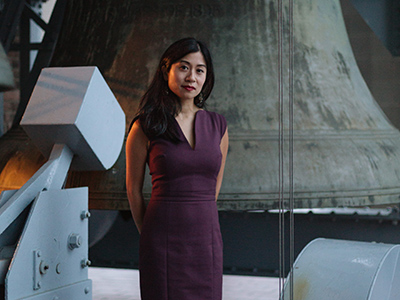
Tiffany Ng

Caroline Robinson
Associated Faculty
Instruments
All SMTD instruments are available for practice and performances.
Organs
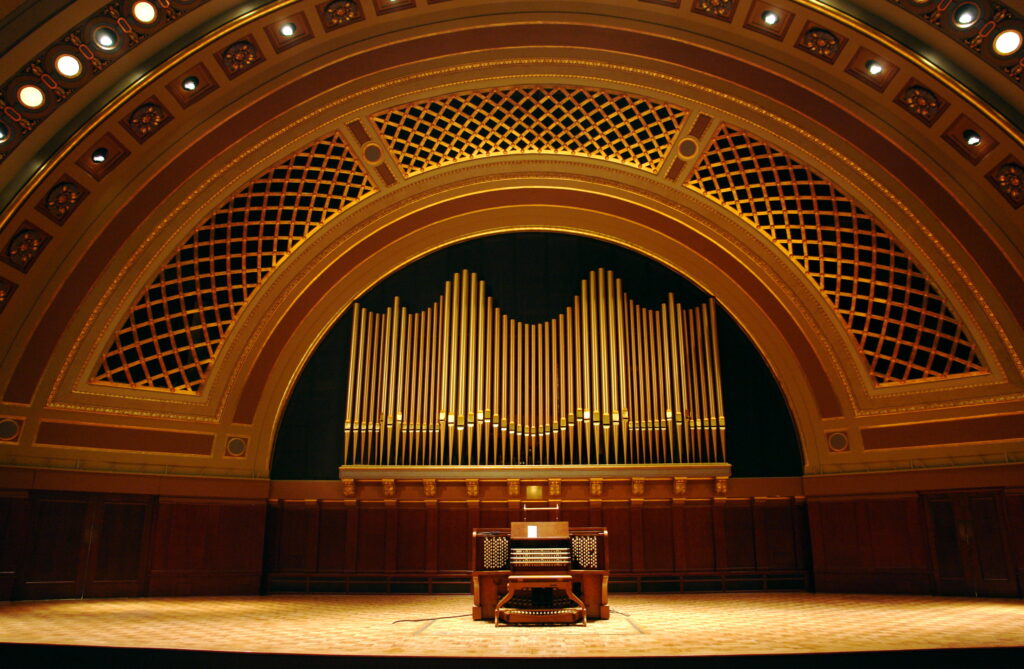
The U-M recognizes the pipe organ as the only instrument suitable for practice and performance of the organ repertoire. Students enrolled for organ instruction perform, study and rehearse on the instruments in Hill Auditorium and the Earl V. Moore Building.
- Frieze Memorial Organ (Hill Auditorium)
- Marilyn Mason Organ (Blanche Anderson Moore Hall, Earl V. Moore Building)
- James Walgreen Organ (Studio 2102, Earl V. Moore Building)
- Studio 2110 (Earl V. Moore Building)
- Practice Organs (Earl V. Moore Building)
- Italian Positiv Organ
- Portativ Organ
- Kistorgel
Additional information may be found in Pipe Organs of Ann Arbor by Professor James O. Wilkes.
Carillons
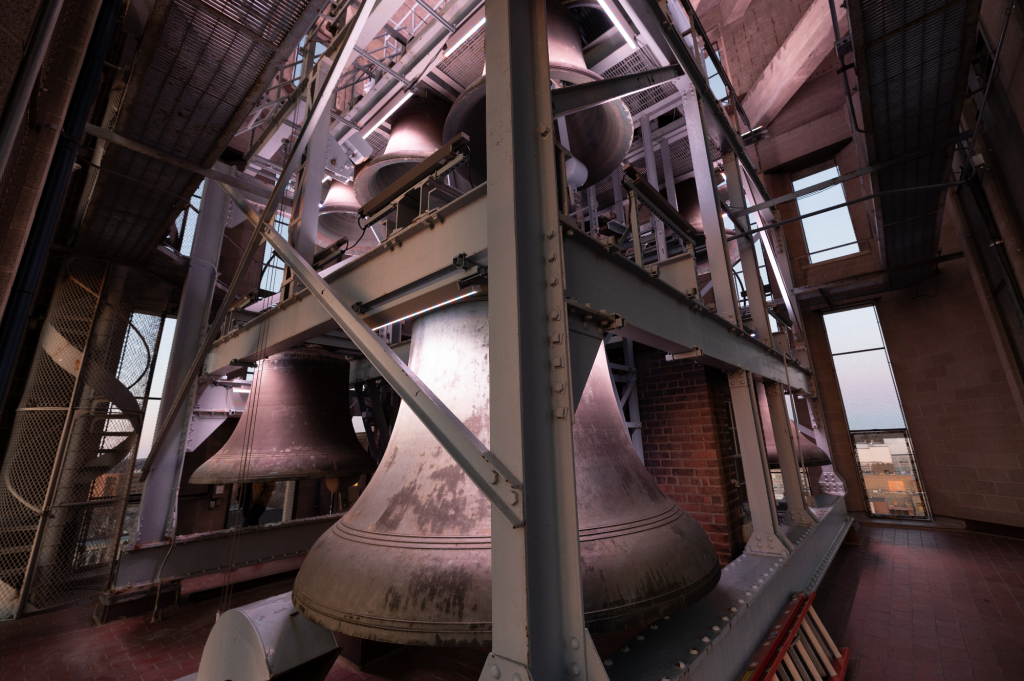
The University of Michigan has two carillons. A carillon is an instrument of at least 23 bronze bells, arranged in chromatic sequence, so tuned as to produce concordant harmony when multiple bells are sounded together. It is played from a keyboard and pedalboard, which allow expression through variation of touch. Faculty, staff, students, and alumni give regular performances on the campus carillons.
Charles Baird Carillon (Burton Memorial Tower)
53 bells cast by John Taylor & Co. in Loughborough, England and installed in 1936
Ann and Robert H. Lurie Carillon
60 bells cast by Royal Eijsbouts in Asten, the Netherlands and installed in 1996
Practice Carillons
Three practice carillon keyboards are available. Two are located in the upper floors of Burton Memorial Tower, and a digital practice carillon is located in the Duderstadt Center. Practice keyboards are not audible outside of the practice room.
For further information, contact Professor Tiffany Ng, university carillonist. Current students interested in carillon lessons: please visit the Carillon Studio page.
Harpsichords
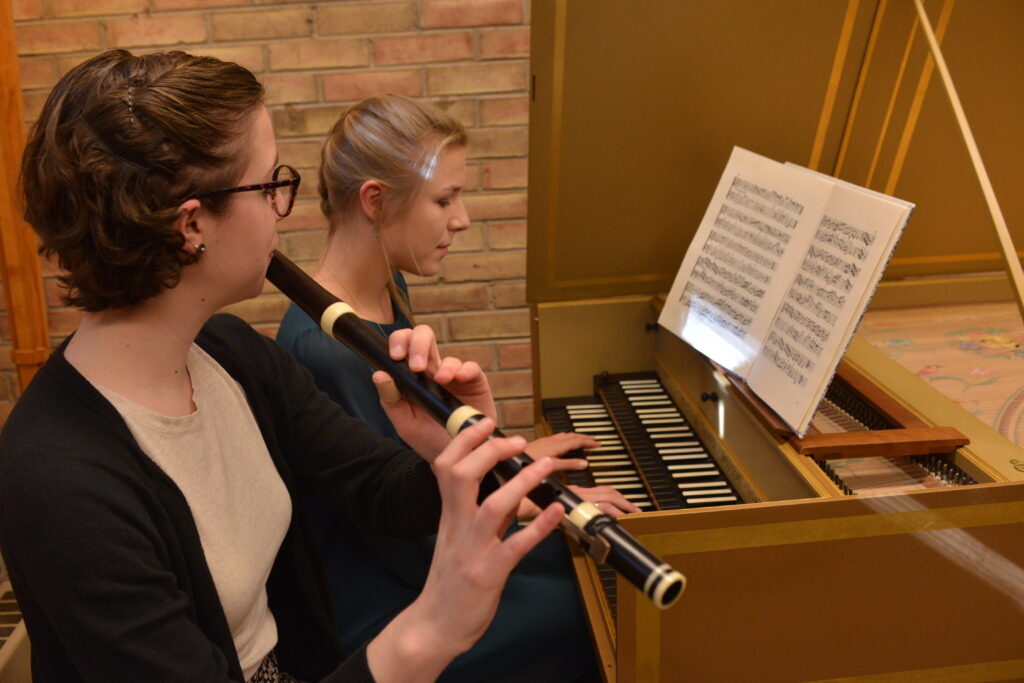
Students of the harpsichord will graduate as experienced soloists and continuo players, having learned principles of historical performance and how to tune and care for their instruments. The university maintains the following harpsichords for students’ use:
- Keith Hill, 1992: German double manual
- William Dowd, 1984: Franco-Flemish double manual after Ruckers
- Peter Fisk: French double manual
- Hubbard/Eckstein: French double manual
- Hill and Tyre, 1980: German single manual
- David Sutherland: Flemish single manual
- William Post Ross, 1965: Italian single manual after De Quoc
- Two Tuckermann kit instruments
For further information, contact Professor Joseph Gascho.
Organ Performances
U-M Organ Conferences
Students have opportunities to perform at the University of Michigan Organ Conference, a tradition for over 60 years. In addition to performances by international concert artists, alumni and faculty, there are usually two recitals by U-M organ students.
Ensemble Opportunities
Organ students have opportunities to perform with the University of Michigan orchestras, bands, and choral ensembles, and can gain extensive experience in continuo playing on organ and harpsichord with the Baroque Chamber Orchestra.
Outreach Group Recitals
The Organ Department organizes several recitals each term in local churches in the communities surrounding Ann Arbor and Detroit. These concerts give students invaluable experience in performing on different instruments. Donations collected at the concerts have helped subsidize students’ expenses for international study trips to France, Germany, and the Netherlands.
AGO Recitals
Students are invited to perform in several recitals each year organized by the Ann Arbor and Detroit Chapters of the American Guild of Organists. Annual events include a Christmas concert and a Lenten Recital Series featuring the Karl Wilhelm organ (III/39) at First Congregational Church of Ann Arbor.
Performance Opportunities
From large ensembles in celebrated concert halls to chamber groups in intimate recital spaces, performance opportunities across all disciplines abound, with nearly 900 student performances each academic year. Whether your focus is on early, classical, or contemporary music, whether your passion is for jazz, electronic, or world music, there is an ensemble—or in many cases, multiple ensembles—to suit your interests, including specific opportunities for percussion, piano, and organ & carillon. For students in theatre & drama, musical theatre, dance, and opera, opportunities abound in both professionally produced and student-run presentations.

